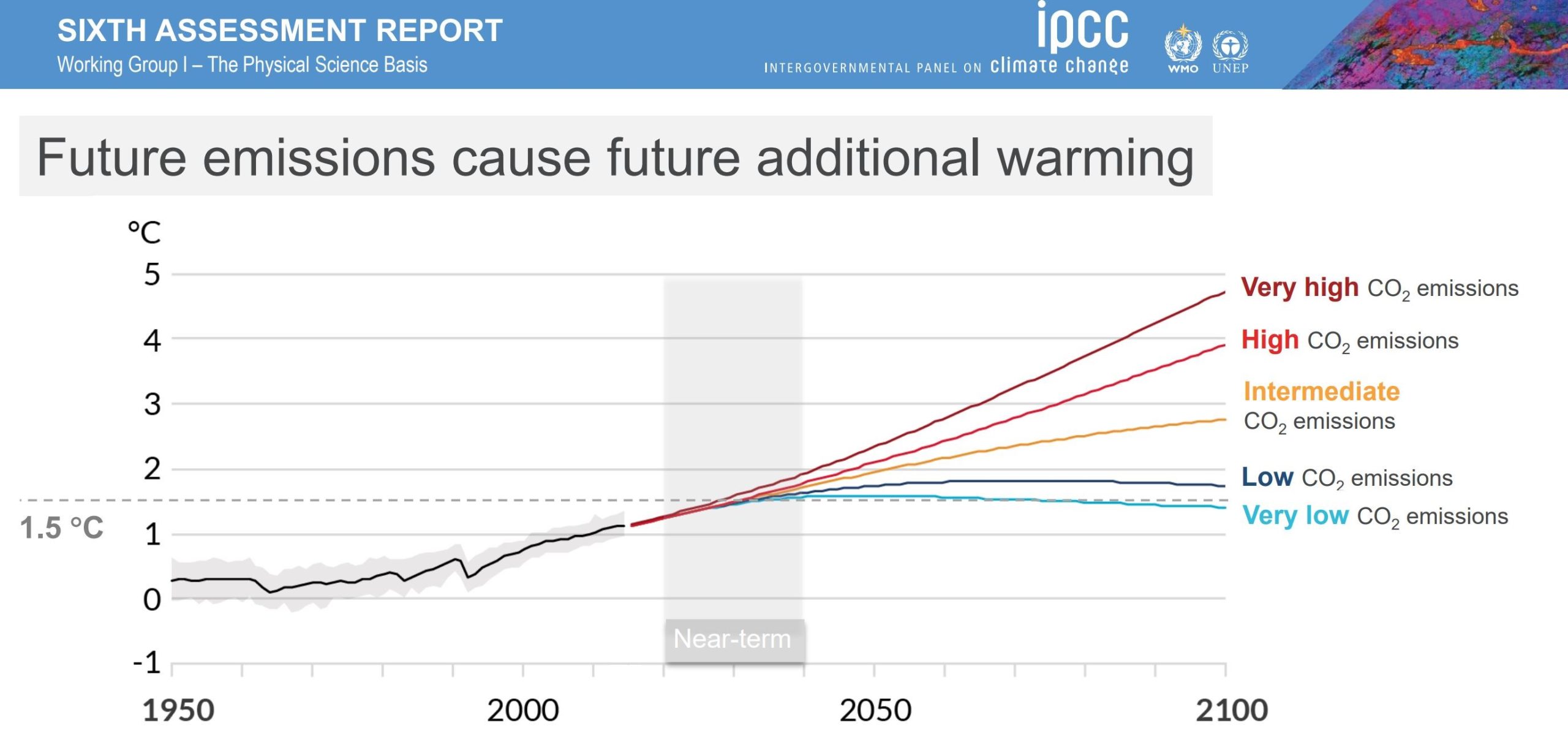

Reduced crop yields will cause starvation that could lead to the breakdown of society in many countries.
This is why Eco Product Designers create products that help consumers reduce their carbon footprints. Some people are buying second hand products to reduce the carbon emissions, others are buying new energy efficient products instead.
The pandemic has caused inflation, lower wages and shortages of goods which has reduced world wide emmisions. Having food and a safe warm home is more important than buying new clothes, gadgets, cars and going on foreign holidays. Most consumers know manufacturing products causes global warming but they think it’s up to the manufacturers and the governments to look after the climate. There are a growing number of consumers who want to reduce there carbon footprints to a sustainable level and are keen to by eco products that help them achieve this.
Meny young people today are worried about having children themselves because of global warming. A baby born today is on a planet 1 degrees warmer than it should be. By the time they are 80, droughts and floods will have reduced food supplies and there will be mass migration of climate refugees who need to be rehoused in cooler countries.
According to the IPCC we must make deep and sustained cuts to CO2e emissions year on year in order to keep global warming below 1.5 degrees C.
Watch the Our Planet : Our Business video to fully understand the Climate Emergency.

The Centre for Alternative Technology has a report Zero Carbon Britain that explains how we can be net carbon zero in 10 years. It promotes using existing safe energy from wind, solar, tidal, geothermal, liquid biofuel, and biogas. It recommends building well insulated home made from wood with battery storage. They also recommends less cattle and dairy farming and more forests. All the changes are community based to help people work locally and reducing imports.
